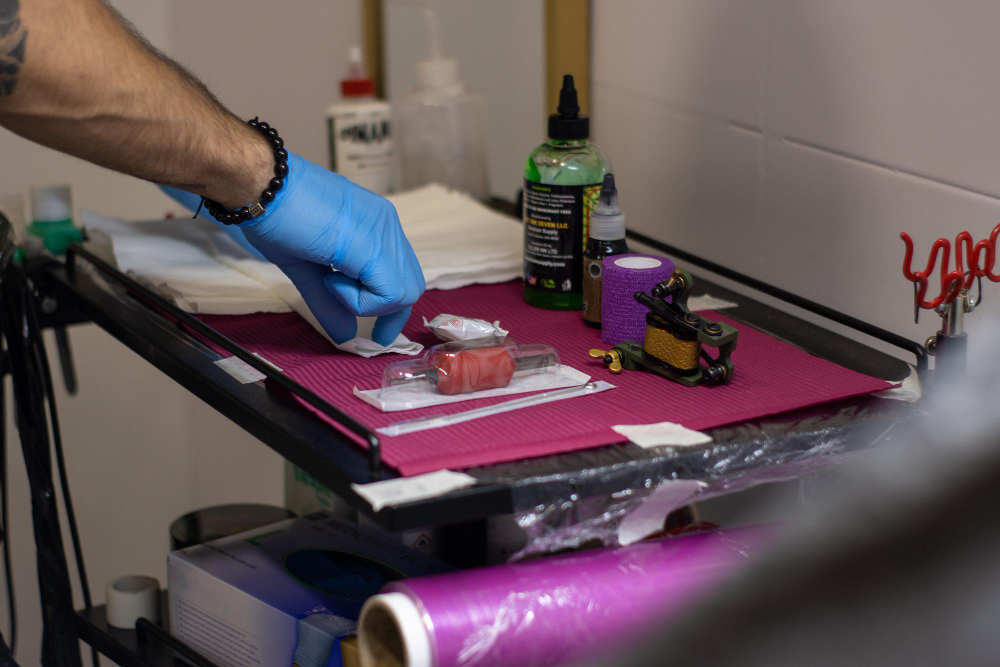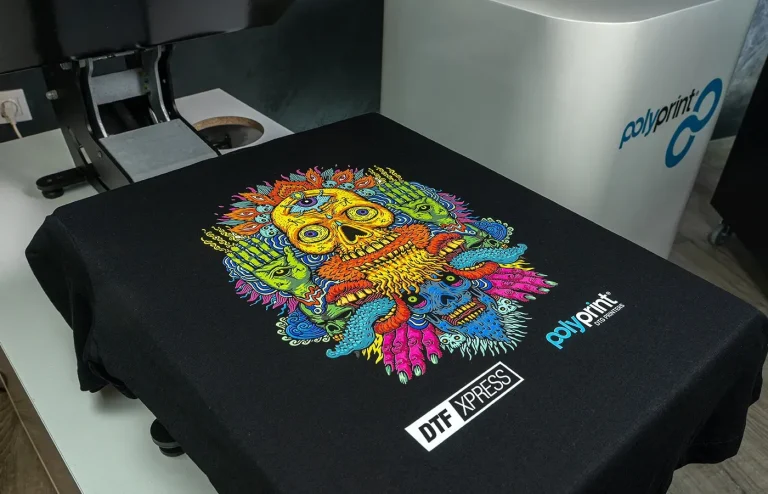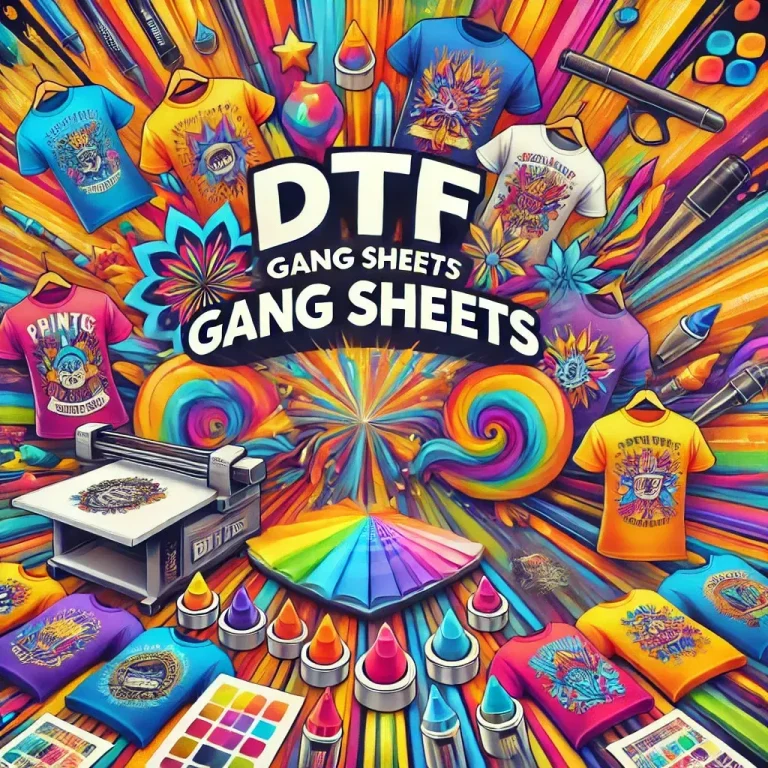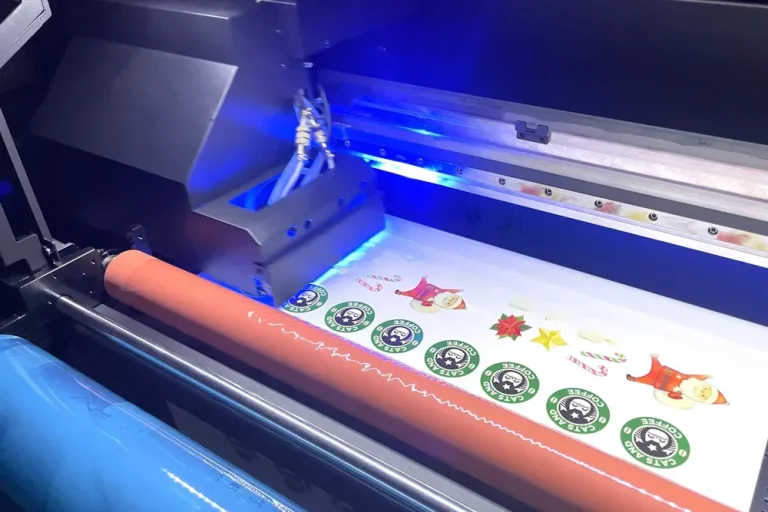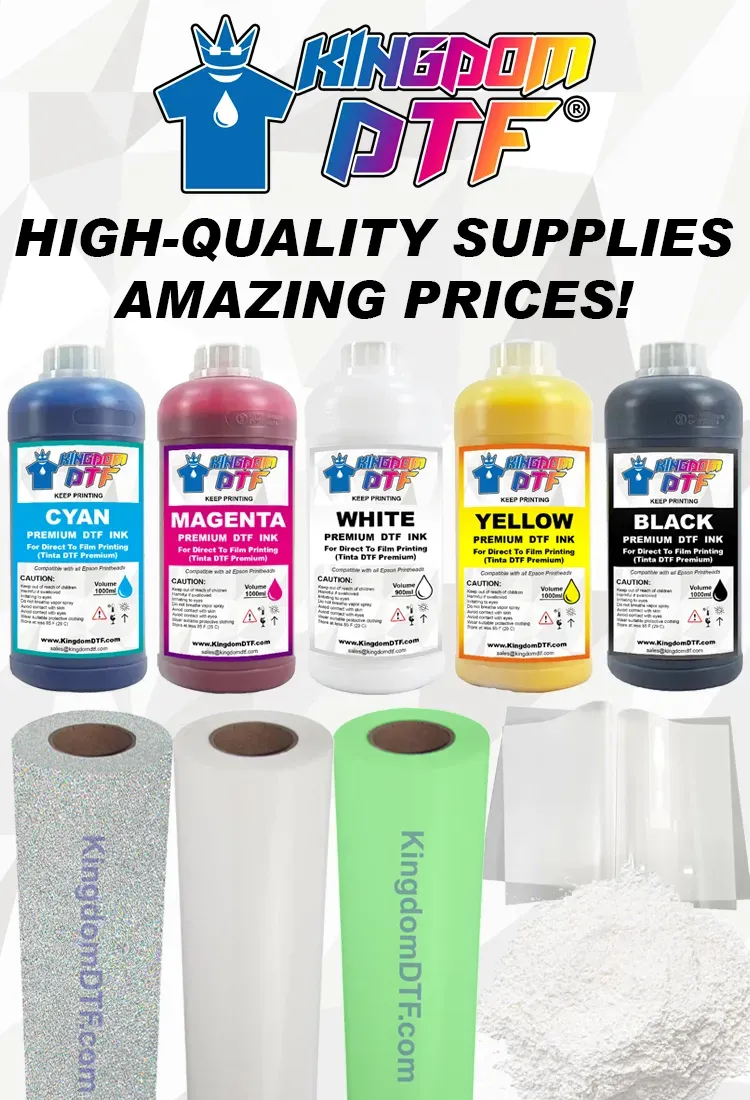DTF Supplies: Choosing the Best for Your Printing Needs
DTF supplies are essential for anyone looking to harness the power of Direct-to-Film (DTF) printing, a revolutionary method that enables vibrant graphics to be easily applied onto fabrics. This innovative printing process combines high-quality printing supplies, including the best DTF inks and transfer films, with the utility of a heat press machine for flawless results. When diving into the world of DTF technology, carefully selecting your materials plays a pivotal role in achieving the desired outcome, whether for commercial use or personal projects. Quality DTF supplies not only enhance the visual impact of your prints but also ensure their longevity and durability, making them a worthwhile investment. In this guide, we will provide you with insights on how to select top-notch DTF supplies that meet your unique printing needs.
Direct-to-Film printing, often referred to as DTF printing, provides a contemporary avenue for producing intricate designs on textiles. The term encompasses a range of printing equipment and materials, including specialized inks commonly identified as the best inks for DTF applications, as well as various films and adhesives crucial for optimal designs. Understanding the nuances of this innovative technique requires familiarity with essential printing supplies and equipment, notably the heat press machine used for transferring prints onto fabric. This introduction to DTF technology will explore the myriad options available in the market, helping artists and businesses alike to make informed choices that lead to exceptional printed outputs. Ultimately, mastering the selection of quality DTF supplies lays the groundwork for a successful and sustainable printing venture.
Understanding DTF Printing Basics
Before diving into the world of DTF printing, it’s essential to grasp the fundamental aspects that define this innovative printing method. DTF stands for Direct-to-Film, which is a type of printing technology that involves printing designs onto a special film, followed by transferring those designs onto fabrics, including cotton, polyester, and blends. This method is praised for its versatility and ability to produce vibrant, high-quality prints that are both durable and long-lasting.
One of the key advantages of DTF printing is its compatibility with various fabrics, making it an attractive option for businesses looking to personalize items such as t-shirts, bags, and more. To succeed in this area, understanding the compatibility of films, inks, and adhesive is crucial. By ensuring each component works harmoniously together, you can achieve a professional-looking finish that stands out.
Choosing the Right DTF Transfer Film
The choice of transfer film plays a pivotal role in determining the success of your DTF printing projects. High-quality DTF transfer films are designed to securely bond with fabric, allowing colors to remain vibrant and less prone to fading. When selecting the right film, factors such as ink compatibility, thickness, and adhesive characteristics should be taken into account. A film that enhances color vibrancy will result in prints that catch the eye and hold up over time.
Moreover, investing in reputable brands is crucial. Lesser quality films may save upfront costs but often lead to subpar results, such as peeling or cracking in prints. Thus, when choosing films, ensure they are tailored for DTF applications, which will contribute to an exceptional final product that customers will love.
Importance of High-Quality DTF Inks
When it comes to DTF printing, the choice of ink can make or break the overall quality of your prints. Specialized DTF inks are formulated to deliver intense colors, crisp details, and optimal adhesion to DTF films. It is worth noting that the best DTF inks are typically water-based, offering a more environmentally friendly option while still providing excellent results. Their ability to dry quickly means quicker turnaround times, which is a significant advantage in a fast-paced printing environment.
Additionally, the longevity of the prints largely depends on the ink quality as well. Investing in high-quality DTF inks that are resistant to fading after multiple washes will not only enhance customer satisfaction but also save costs in the long run by reducing the need for reprints due to inferior quality.
Selecting the Ideal Printer for DTF Applications
Choosing the correct printer is critical for achieving high-quality DTF prints. Not every inkjet printer is suitable for DTF printing; hence, it is essential to select one that can handle the specific inks and transfer films associated with this method. Brands like Epson have developed models that cater specifically to DTF printing, optimizing the use of pigment inks and ensuring versatility in print quality.
Furthermore, assessing the printer’s specifications is vital. Look for printers with high DPI settings to achieve detailed resolutions necessary for intricate designs. The right printer will not only enhance the print quality but also help streamline your workflow, allowing you to produce high volumes without sacrificing quality.
The Role of Adhesives in DTF Printing
In DTF printing, adhesives are the unsung heroes that ensure your designs bond securely with the fabric. They play a vital role in defining the quality of the transfer. Whether you are using powder adhesives or liquid forms, the choice can greatly affect durability, flexibility, and washing resistance of your prints. Opting for reliable adhesives allows for more vibrant results and reduces the risk of print failures.
Additionally, the application method for adhesives can influence the efficiency of your printing process. Some adhesives require more precise application techniques than others; thus, selecting user-friendly versions can streamline production and reduce waste, ultimately benefiting your overall output and cost efficiency.
Investing in the Right Heat Press Machine
The heat press is integral to the DTF printing process, as it applies the necessary heat and pressure to transfer your designs onto fabric. When choosing a heat press machine, it’s essential to look for one with adjustable temperature and pressure settings, which allows for versatility across various transfer types and materials. A machine that caters to different thicknesses ensures a successful transfer every time.
Moreover, the size of the heat press plate should match your production scale. Larger plates are advantageous for bigger designs and can significantly increase efficiency, especially in high-volume operations. Quality equipment can positively impact your printing success, leading to better results and satisfied customers.
Frequently Asked Questions
What are the best DTF supplies for achieving high-quality prints?
To achieve high-quality prints in DTF printing, it is essential to choose the best DTF supplies, including high-quality DTF transfer films, specialized DTF inks known for vibrancy and durability, and a compatible printer designed for DTF applications. Additionally, investing in a reliable heat press machine with adjustable settings will further ensure optimal transfer results.
How do I choose the right DTF transfer films for my printing process?
When selecting DTF transfer films, prioritize films that are compatible with your specific DTF inks to enhance color vibrancy. Look for high-quality films that leave minimal adhesive residue post-transfer, ensuring a clean finish. Ultimately, films from reputable manufacturers are crucial for delivering crisp prints and durability.
What type of heat press is best for DTF printing?
The best heat press for DTF printing should have adjustable temperature and pressure settings, allowing for flexibility with different materials. A larger plate size is also beneficial for accommodating bigger designs, enhancing your production efficiency and effectiveness in achieving strong adhesion during the transfer process.
Are there eco-friendly options among the best DTF inks?
Yes, there are eco-friendly DTF inks available that provide vibrant colors without compromising quality. These water-based inks are designed to reduce environmental impact while delivering excellent results, making them a popular choice for businesses looking to pursue sustainable practices in their DTF printing operations.
What factors should I consider when selecting DTF printing supplies?
When selecting DTF printing supplies, consider the quality of DTF transfer films, compatibility and durability of DTF inks, the printer’s specifications for optimal performance, and the reliability of adhesives and heat press machines. Evaluate potential suppliers based on customer reviews and consider bundled kits for cost-effective options.
How can I ensure my DTF prints are long-lasting?
To ensure long-lasting DTF prints, use high-quality DTF inks known for their color longevity and choose transfer films that adhere well to fabrics. Additionally, applying the right adhesive and utilizing a properly calibrated heat press will secure the print, providing durability through washing and wear.
| Key Factors | Explanation |
|---|---|
| Film Quality | Choosing high-quality transfer films is essential for achieving crisp prints and durability. |
| Inks | Use specialized DTF inks to ensure vibrant colors and longevity of prints. |
| Printer Selection | Opt for printers designed for DTF to achieve better performance and print quality. |
| Adhesives | Choose appropriate adhesives that provide strong bonds without compromising fabric texture. |
| Heat Press | Invest in a heat press with adjustable settings for different materials and designs. |
| Cost and Suppliers | Evaluate suppliers based on product reviews and consider bundled kits for cost-effectiveness. |
Summary
DTF supplies are critical for anyone looking to excel in fabric printing. The right combination of high-quality films, vibrant inks, compatible printers, effective adhesives, and proper heat press equipment will ensure that your prints not only look stunning but last significantly longer. By taking the time to select these supplies thoughtfully, you can greatly enhance your printing outcomes and overall satisfaction with the DTF printing process. As the technology continues to advance, staying informed about the best DTF supplies available will help you maintain a competitive edge in the printing industry.

